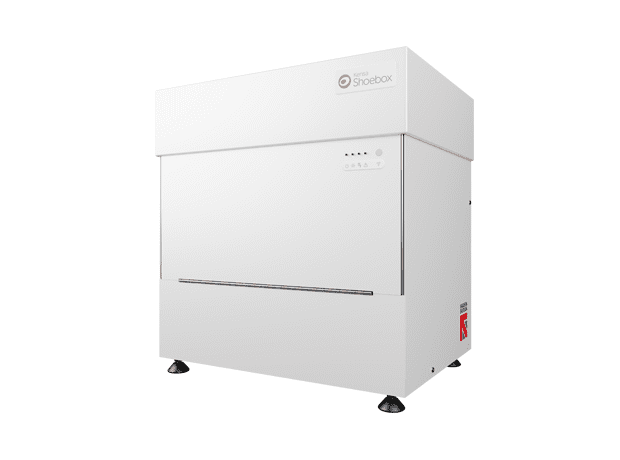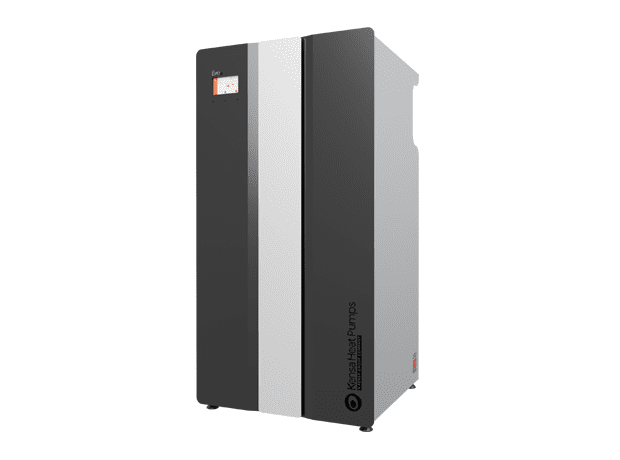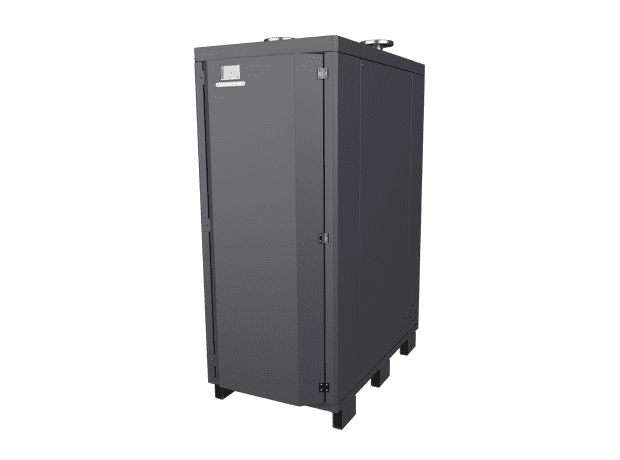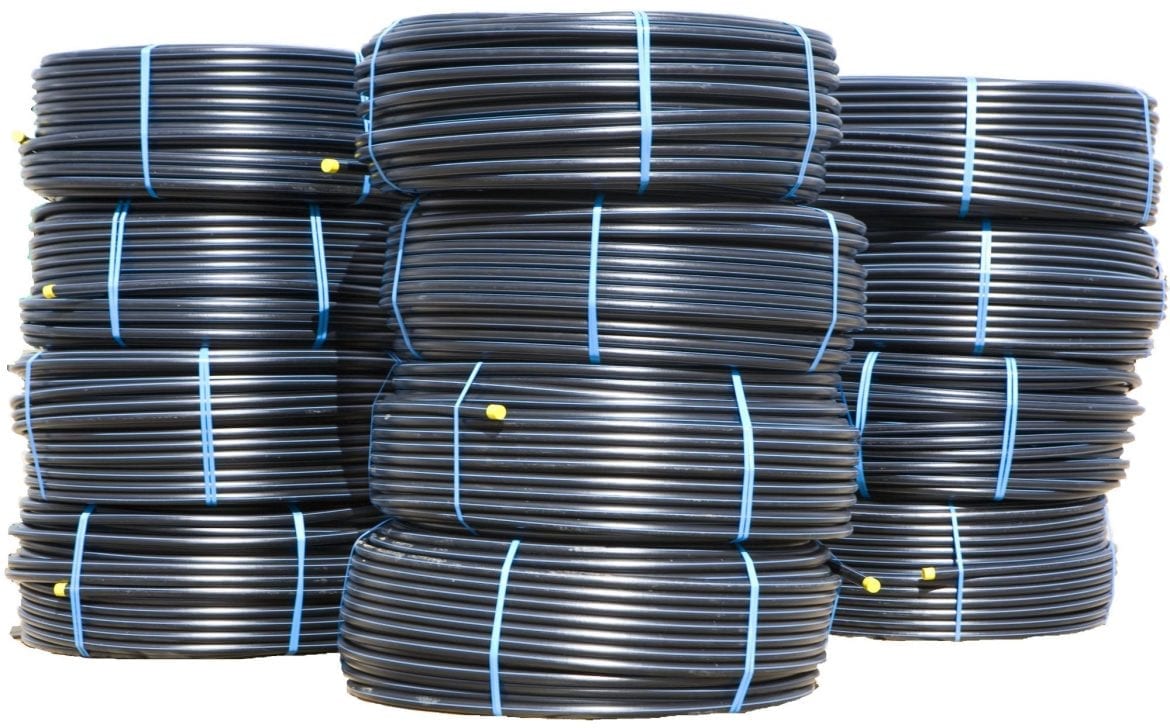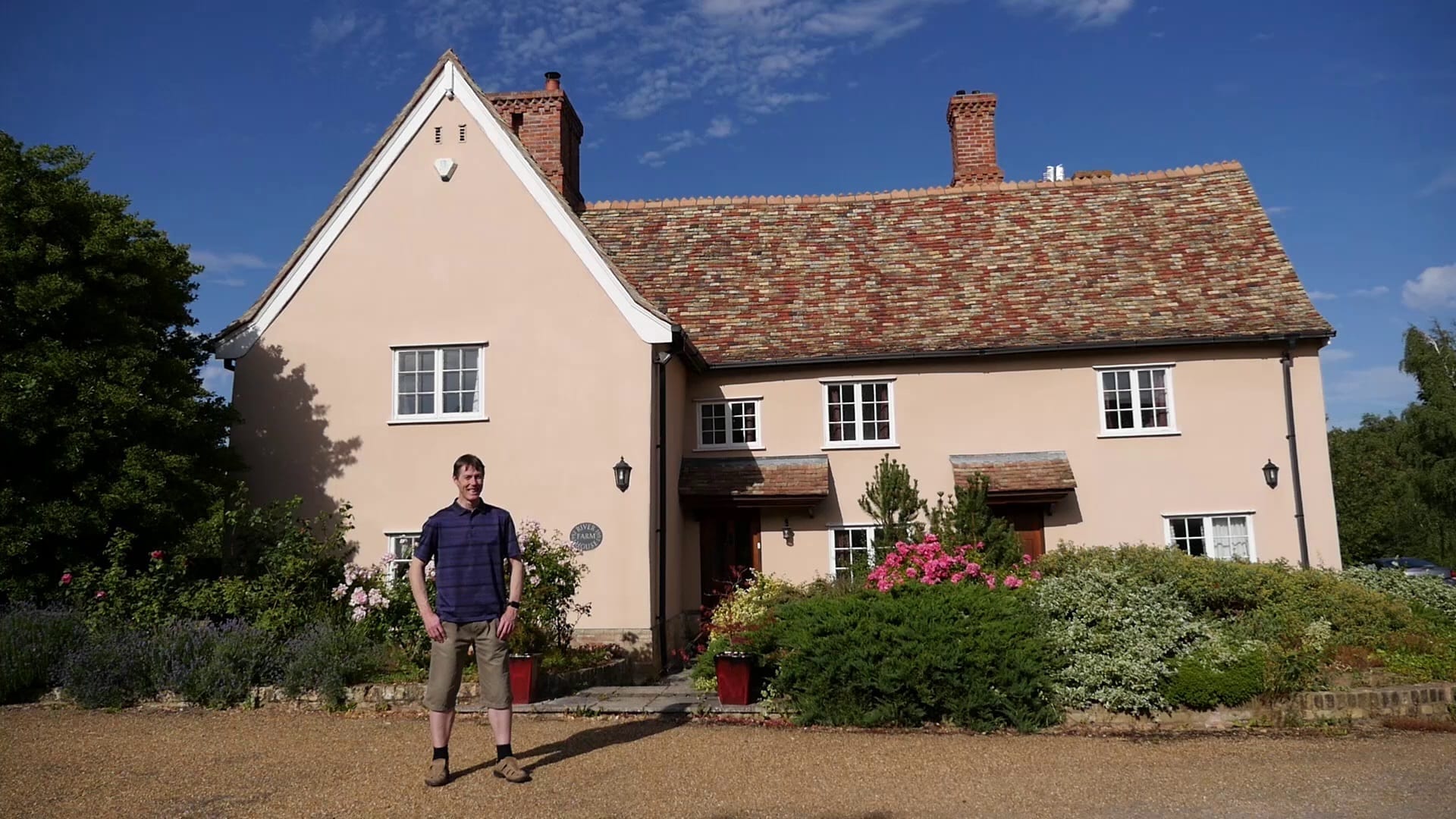In this blog, Guy Cashmore, Kensa’s Operations Director explains the challenges and considerations of installing ground source heat pumps in buildings with high heat demands.
When a heat pump is used to heat a building instead of a conventional boiler, it is often said that the building should be ‘well insulated’. What isn’t widely understood is that improving insulation where a heat pump is being used typically results in a ‘double win’, whereas with a boiler it is only a ‘single win’. In the case of a heat pump you can win twice because firstly the amount of energy required to heat the building is reduced, and secondly usually that energy can now be delivered to the building at a lower flow temperature (because the emitters need to emit less heat), which improves the CoP of the heat pump – by roughly 2% for every 1°C reduction. Boilers, on the other hand, have relatively flat temperature versus efficiency characteristics, so you only get the first win, not the second.
Sadly not all buildings can easily be well insulated, most commonly because the building is listed or historic. When tackling this type of project, careful consideration needs to be given to heat loss calculations, the practicalities of installing sufficient emitters to meet the heat loss and the flow temperature that is going to be necessary to supply those emitters at the required output. The key here is to be ingenious! Sometimes it is possible to combine different types of emitter in the same area, for example, if underfloor heating is installed but the calculations indicate an output shortfall, rather than further increasing the flow temperature to the underfloor it is perfectly possible to fit a few radiators in the same room. Sadly no one solution will fit every building or even every room; high heat loss buildings have to be treated on a case by case basis.
If well engineered, blown air systems can be good at meeting the needs of high heat loss buildings without covering every wall in radiators; many different designs and types are available. Unfortunately, they can have a reputation for being noisy, but this is really a case of choosing appropriate equipment and installing it correctly. Ducted systems with remote air-handlers can be almost completely silent if well designed and commissioned. Another advantage of blown air is the fast response time. This can be particularly useful in a building with high heat losses as the controls can be configured with a lower set-back temperature for night time and when unoccupied, but rapidly brought up to temperature when occupied, which helps keep the energy costs down.
Compared to a well insulated building, high heat demand buildings typically exhibit a more variable demand for heat (mostly depending on the external temperature) and they are also likely to require higher flow temperatures from the heat pump. This will usually make them a good case for using a weather compensated flow temperature, as this will keep the CoP up during mild weather, only ramping the temperature up when really needed, which fortunately in the UK rarely lasts for more than a few weeks in total each winter.
Well insulated buildings with a high thermal mass can often make good use of banded electricity tariffs and achieve a running cost saving by mostly running the heat pump during off peak times. Unfortunately, high demand buildings are likely to result in complaints from the occupiers if this approach is tried, and so a flat rate tariff combined with a demand based (room thermostat) control system is likely to give the best results.
Where it is impractical to increase the heat emitter sizes to enable the heat pump to effectively heat the building in very cold weather, a bivalent approach using an oil or gas boiler is a good solution. The heat pump carries all the load in mild to moderate winter weather, but then hands over to the boiler when it gets really cold. The switch over between the two can be done automatically by a variety of means, the simplest would be an outdoor thermostat. Some customers prefer full manual control, although Kensa suggests a three position switch approach giving full manual or automatic control of both appliances. If the heating system is a mixture of underfloor and radiators, then it will be necessary to retain the three port thermostatic mixing valves on the underfloor heating manifolds if a boiler is on the system, otherwise, the floors could be damaged when the boiler raises the system temperature.


